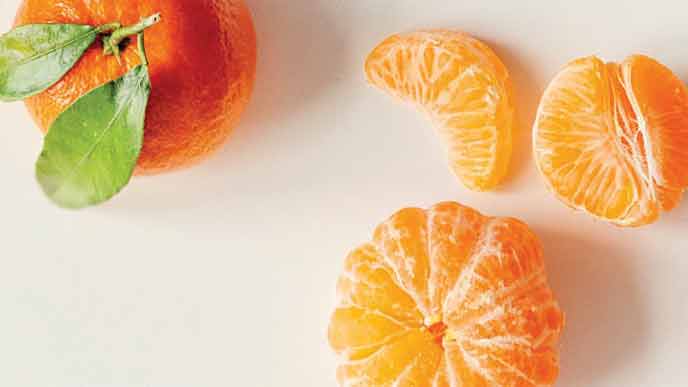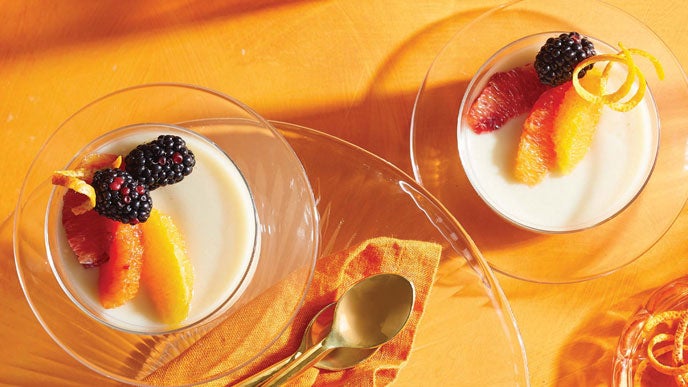
Winter Is Tangerine Season! What to Know About the Petite Citrus Treat
Juicy, sweet, and perfectly portable, tangerines are an excellent snack when you’re craving a hit of citrus. This petite fruit is at its peak during thewintermonths and is a delicious addition to salads, marinades, and baked goods. Take a look at our quick tangerine guide so you know which variety to buy, how to properly store them, and how to decipher all the different names they’ve acquired over the decades!
Tangerines, Clementines, Mandarins: What’s the Difference?
Tangerine, clementine, or mandarin? The three terms tend to be used interchangeably to describe the small, sweet citrus fruit that brightens up produce displays throughout the winter months. In North America, “tangerine” is often the preferred designation. But just to set the record straight: The mandarin orange (Citrus reticulata) is the flat-ended orange species that includes tangerines, clementines, Pixies, and Satsumas.
When Are Tangerines in Season?
Clementines and tangerines and other mandarin oranges all get sweeter as the weather gets colder, so winter is the peak season for enjoying these petite citrus fruits.
How to Spot a True Tangerine

A hybrid of mandarin orange, true tangerines are bigger and brighter in color than other mandarin varieties, with thinner skins. Fun fact: The term “tangerine” comes from Tangiers, Morocco, the port that first exported the easy-to-peel fruits in the 19th century.
Breakout Brands: Cuties, Sweeties, Halos, and Delites
These enticing names don’t refer to varieties of mandarins, but to brands. Twenty years ago, citrus growers in California gave their seedless mandarins brand identities so they could market them better—and longer. Take Cuties: From November to February, Cuties are clementines. Then, the Cuties brand switches over to marketing later-maturing W. Murcott mandarins until the growing season ends in April.
How to Shop for and Store Tangerines
When choosing tangerines or any variety of mandarin orange, weigh the individual fruit in your hand to make sure it feels heavy for its size. (Heaviness is an indicator of juiciness.) Bulk boxes and net bags should be given the once-over to make sure they don’t contain soft or molding fruit. Stored in a single layer with a bit of elbow room for each piece of fruit to prevent mold development, they’ll keep for about a week at room temperature or up to a month in the fridge.
Top 4 Varieties
As you browse the grocery aisles, be on the lookout for these common varieties so you can select the one that best suits your palate.
Clementines: Juicy, mild, and seedless, with smooth, shiny skin.
W. Murcott Mandarins:Sweet, rich, and seedless, with smooth, thin skin.
Pixie Tangerines:Extra-juicy and seedless, with a thick, bumpy rind.
Satsumas:Fragrant and slightly tart, with thin, loose skin.
Tangerine Recipes

Looking for some inspiration in the kitchen? Besides being a delicious and nutritious snack, tangerines can add bright flavor and juicy sweetness to a range of recipes, such as ourHearty Kale Salad with Warm Citrus and Wheat Berries. You can also substitute them for oranges in any of the dishes featured in our collection ofSweet and Savory Orange Recipes to Brighten Your Day.
